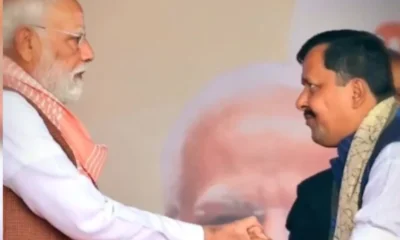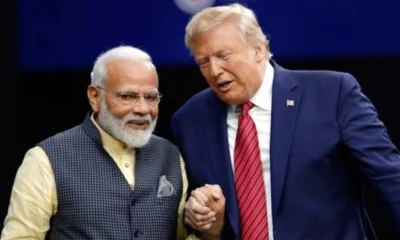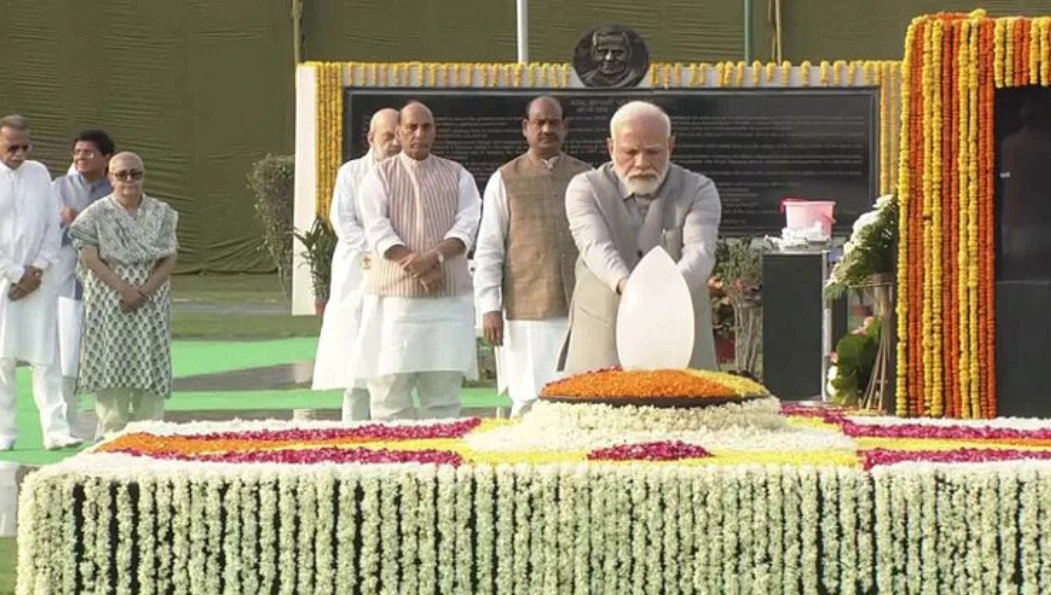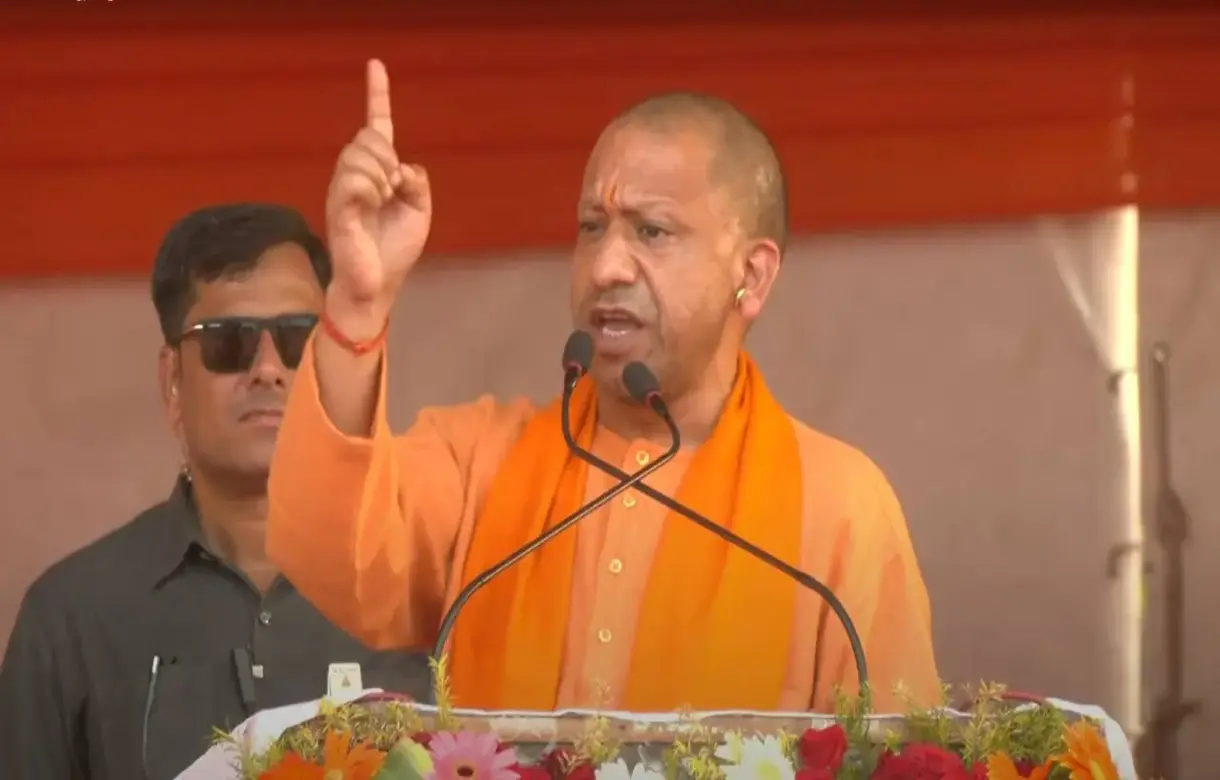[vc_row][vc_column][vc_column_text]India reached an important milestone on Saturday, April 28 evening with Manipur’s Leisang village becoming the last of India’s 597,464 inhabited villages to be connected to electricity supply network.
PM Narendra Modi had promised on August 15, 2015 that all unelectrified villages would get power over the next 1,000 days. The initial deadline for total rural electrification was last year, May 2017 which was missed.
The last inhabited village to be powered through the off-grid system — isolated supply networks, mostly with solar power plants — was Pakol, also in Manipur.
The PM tweeted: “28th April 2018 will be remembered as a historic day in the development journey of India. Yesterday, we fulfilled a commitment due to which the lives of several Indians will be transformed forever. I am delighted that every single village of India now has access to electricity.”
At the time of Modi’s announcement in August 2015, data showed 18,452 villages out of the total 597,464 without power. When work on village electrification started, another 1,275 villages were found to be without access to electricity. Some 1,200 villages are uninhabited and 35 were notified as grazing reserves.[/vc_column_text][vc_column_text css=”.vc_custom_1525082150440{padding-top: 10px !important;padding-right: 10px !important;padding-bottom: 10px !important;padding-left: 10px !important;background-color: #a2b1bf !important;border-radius: 10px !important;}”]According to the government, a village would be declared as electrified if:
1) Basic infrastructure such as Distribution Transformer and Distribution lines are provided in the inhabited locality as well as the Dalit Basti/ hamlet where it exists. (For electrification through Non Conventional Energy Sources a Distribution transformer may not be necessary).
2) Electricity is provided to public places like Schools, Panchayat Office, Health Centres, Dispensaries, Community centers etc. and
3) the number of households electrified should be at least 10% of the total number of households in the village.[/vc_column_text][vc_column_text]
Village electrification means that the infrastructure to supply power has reached the village. The next step is providing connection to all households and ensuring adequate power supply to them. The Saubhagya scheme (Pradhan Mantri Sahaj Bijli Har Ghar Yojana) is intended to address this aspect.
The Modi government has promised to deliver uninterrupted power supply to all households by March 2019, which seems to be a much more difficult task.
According to official data on government website quoted in media reports, in mid-October 2017, of 18 crore rural households, around 82 per cent or 14.8 crore were electrified and 3.2 crore were without electricity.
There was wide variation across states, with those such as Tamil Nadu and Andhra Pradesh showing 100 per cent coverage, while only 55 per cent of the households in Uttar Pradesh and 48 per cent in Jharkhand were electrified.
The seeds of 100 per cent village electrification were sowed with the Deen Dayal Upadhyay Gram Jyoti Yojana (DDUGJY), a scheme with a projected outlay of Rs 76,000 crore, that Modi had launched on July 25, 2015. This scheme drew from Modi’s successful experiment as Gujarat chief minister to separate farm and household feeders in rural areas to ensure 24×7 power to households and assured supply to farmers.
One of the key objectives of the DDUGJY was to achieve 100 per cent village electrification. It also envisaged separating feeders, strengthening distribution network, metering at all levels and setting up micro grid and off-grid distribution networks.
To put things in perspective, here is a brief look at the progress of rural electrification in India.
In 1947, during the time of Independence, only 1,500 of India’s villages were electrified.
Between 2005 and 2014, the UPA-I and UPA-II governments connected over 1,082,280 villages to the grid and connections were provided to over 20 million households, out of which 19 million were given free connections, reported The Wire.
When the Modi government announced its new rural electrification scheme, only 18,452 villages did not have power supply.
On average, the UPA electrified 12,030 villages per year while the Modi government electrified 4,842. However, most of the 18,000 odd villages the current administration had to tackle are in far-flung areas and remote locations, making its task doubly harder.
“And to its credit, in 2016-17, 6,015 villages were electrified, five times more than what was done by the UPA-II in 2013-14,” said The Wire.
The Modi government’s flagship Deendayal Upadhyaya Grameen Jyoti Yojana (DDUGJY) has also focused on what it calls “intensive electrification”. The DDUGJY website as of February 2018 noted that while 99.8% of census villages had been electrified, “intensive electrification” had been completed in around 80% of villages.[/vc_column_text][/vc_column][/vc_row]


 India News11 hours ago
India News11 hours ago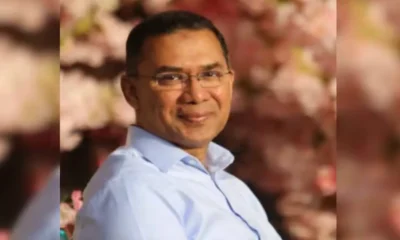
 Latest world news6 hours ago
Latest world news6 hours ago
 India News11 hours ago
India News11 hours ago
 India News11 hours ago
India News11 hours ago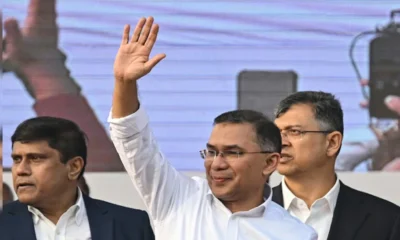
 Latest world news3 hours ago
Latest world news3 hours ago
 India News10 hours ago
India News10 hours ago

